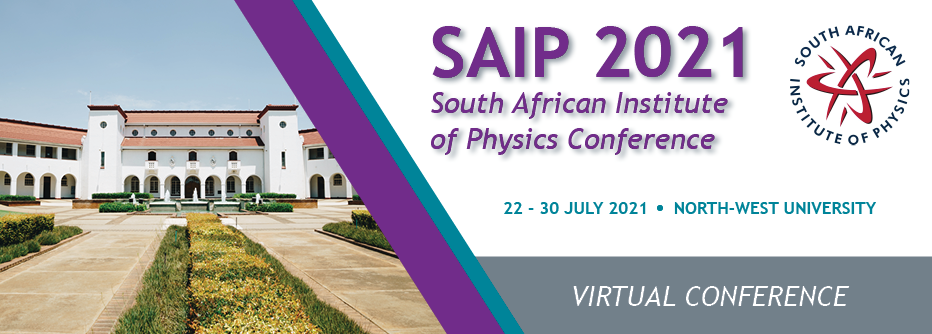Speaker
Description
Structuring materials to exhibit phenomena such as negative refractive indices and near-zero indices has given rise to an exciting class of materials, known as metamaterials and their 2D counterparts, metasurfaces. Due to these unique properties and the ability to control the size, shape, density and orientations of these materials, one is able to have unprecedented control of their impact on light striking these structures. Controlling light with subwavelength-designed metasurfaces (MSs) has thus allowed for the arbitrary creation of structured light by precisely engineering both the material and composite structures formed from them. With structured light modes such as those carrying orbital angular momentum (OAM) taking hold in many fields from communications, cryptography and optical trapping to metrology, it follows that arbitrary generational control and easily employed devices such as these can form an important part in helping develop these fields.
As such, we characterize both the purity and conversion efficiency of such MSs, designed to generate hybrid twisted light modes, which exemplify the versatility of the imparted properties that are possible. Here we used a recently reported method to design and fabricate meta-surfaces that exploit generalized spin-orbit coupling and propagation phase to produce vector OAM or twisted states with asymmetric superpositions; this allowing for one to break the symmetrical restrictions imposed by previous classes of such devices. Here, the symmetrical restrictions are broken both in the input spin states required for the modal patterning as well as the OAM values paired in each device. For example, asymmetrical charges of 1 and 5 are coupled to linear and circular polarization states in addition to fractional vector OAM states with charges of 3.5 and 6.5 being generated on the same device. The common symmetrical conjugate spin and OAM of 1 is also demonstrated as reported in previously restricted spin-orbit coupling devices. The generated structures of the resulting beams are quantitatively studied here, by exploiting the reciprocal nature of light. We thus establish both the purity and conversion efficiency with conversion efficiencies exceeding 75% and purities in excess of 95%, yielding good modal quality.
Apply to be considered for a student ; award (Yes / No)?
Yes
Level for award;(Hons, MSc, PhD, N/A)?
PhD

